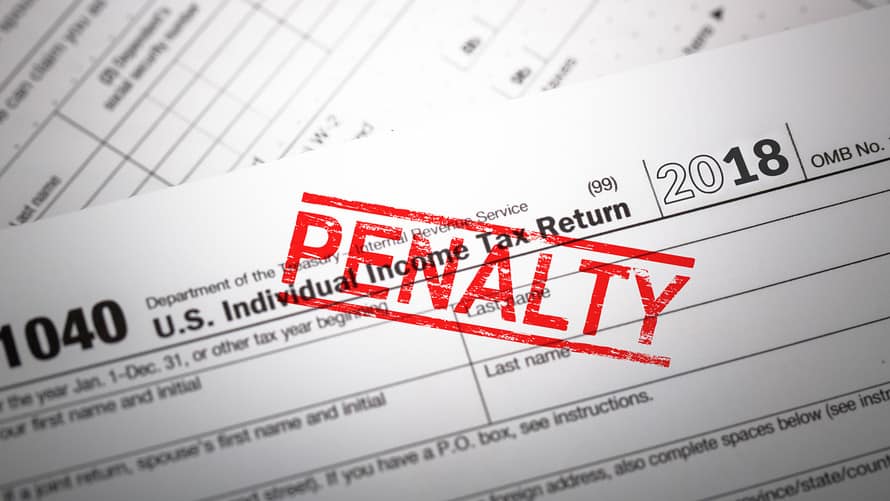
At the end of the fourth quarter of 2018, Fidelity Investments reported that 133,800 of the retirement accounts it manages had a balance of $1 million or more.
That’s only a small percentage of the company’s accounts, but the number of 401(k) millionaires has been rising steadily, and these savers are often seen as role models for workers who dream of a financially carefree retirement.
The reality, though, is that $1 million isn’t what it used to be, and in some cases, it might fall short of the amount you’ll need to finance your preferred lifestyle in retirement.
If you follow the 4 percent withdrawal rule — which is designed to ensure you won’t run out of money during a 30-year retirement — a $1 million balance will allow you to take out $40,000 the first year, then adjust annually to account for inflation. Whether that will be enough (or more than you’ll need) depends on a host of factors, including whether you have a pension and how much you’ll receive in Social Security benefits.
Remember, too, that you’ll have to pay federal income taxes on every dollar you take out of a 401(k) or other tax-deferred account. Your state may take a bite out of your withdrawals too.
When calculating how much you’ll need, it’s critical to get a handle on your living expenses in retirement.
One common rule of thumb is that you should plan on replacing 70 percent to 80 percent of your pre-retirement paycheck with withdrawals from your portfolio, Social Security and other income (such as a pension).
But some baby boomers who want to travel and engage in other pursuits spend more than 100 percent of their pre-retirement income during the first few years, says Dennis Nolte, a certified financial planner in Winter Park, Fla.
“If you’ve been looking forward to this date for 30 years, you’re not going to stay at home,” he says.
Even if you do plan to stay home, health care expenses could consume a large portion of your savings.
Fidelity Investments estimates that a 65-year-old couple will need $280,000, on average, to cover health care and other expenses in retirement. Your expenses will depend on your health and the likelihood that you’ll need long-term care.
Whether $1 million is too much or too little, it’s a worthwhile goal — and it’s not out of reach if you start early.
If you save $325 a month starting at age 25 and earn an average annual return of 8 percent, you’ll have more than $1 million by the time you’re 65. If you wait until age 30, you’ll need to set aside $500 a month to reach a million.
























